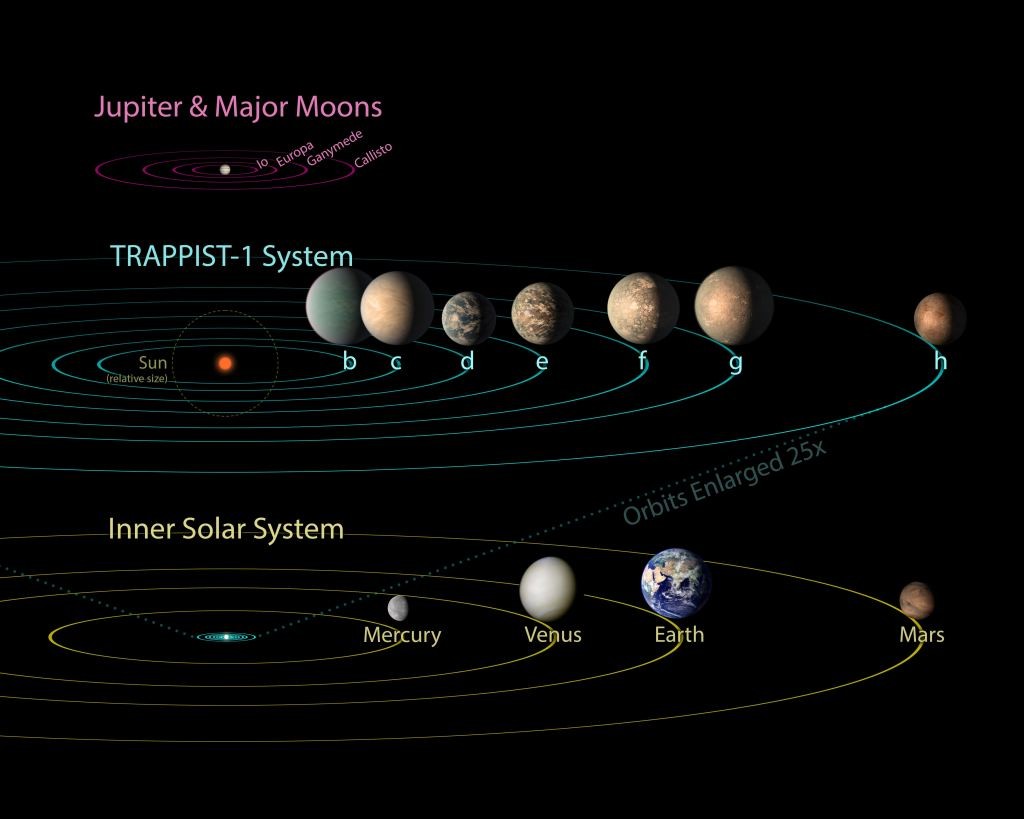A study recent suggests that the impact of stellar flares on the habitability of exoplanets around red dwarf stars may be weaker than previously thought.
Red dwarf stars are very common. They represent about 75% of the stars in the Milky Way. This is the reason why most of the exoplanets we have discovered orbit around these objects. But can they harbor life? Many think not.
And for good reason, red dwarfs are much more active than yellow Sun-like stars, emitting huge solar flares and powerful X-rays. And like red dwarfs are also smaller and much cooler , the planets must come closer together to be potentially habitable, thus exposing themselves to the wrath of their host. This is why these objects have often been neglected by alien hunters...wrongly?
A new study indeed reveals that the environment might not be as bad as we thought around these stars.
As part of this work, published in the Monthly Notices of the Royal Astronomical Society, a team relied on data from the Transiting Exoplanet Survey Satellite (TESS) of the NASA to analyze stellar flares from a small sample of four red dwarfs.

In our Sun, solar flares usually occur at the equatorial region. For this reason, the energy and particles projected by these events can quickly strike planets evolving in the inner system, Earth included. Fortunately for us, our planet generates a powerful magnetic field capable of protecting us.
Until now, astronomers have thought that red dwarfs also emit flares from their equatorial regions. However, from these new data, it would seem that the distribution of flares on red dwarfs is more concentrated near the poles . The eruptions observed in this study indeed all appeared above the latitude of 60 degrees .
Naturally, the sample size analyzed is not sufficient to make a generalization, but if other observations support the trend, then it would be a excellent news for planets orbiting these stars, since most of these potentially catastrophic events for living beings would be directed outside the orbital plane .
Naturally, the quirks of the star aren't the only factors to consider when it comes to exobiology. Its influence is another. And on this side, the news is not very good. According to a recent study, none of the known potentially habitable terrestrial exoplanets indeed receive enough light to support an Earth-like biosphere.